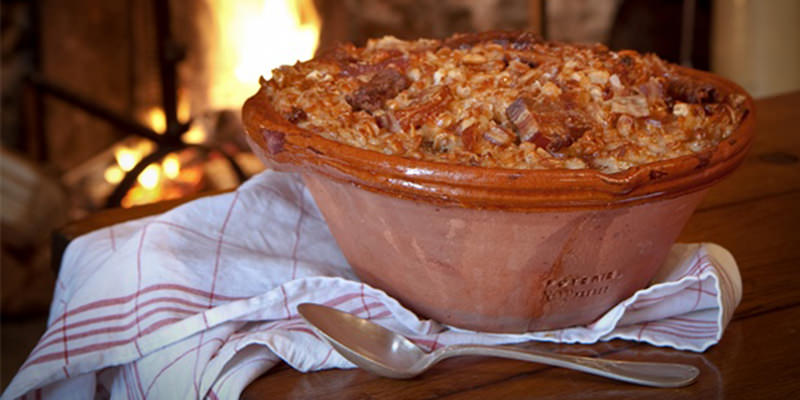
Cassoulet is an iconic dish of Southern France, essentially a casserole of white beans and duck confit. It was originally intended to fortify peasants after long working days, but it’s now held up as one of France’s great culinary triumphs. Southern France is where most of the country’s foie gras is produced, so farmers there need something to do with all that leftover duck – and casserole is the obvious choice for any home cook who is facing scraps.
Making Cassoulet can be a drawn-out, all-day affair; a cozy winter weekend project. This recipe, created in my humble Brooklyn apartment (so anybody can do it at home!) was adapted from a recipe by chef Kate Hill, a Cassoulet expert who teaches classic French butchery, charcuterie and cooking in Gascony, a renowned gastronomic center in Southern France. Cassoulet, Hill says, should “feed your spirit as well as your body.” She advises inviting friends to hang out while you cook, and focusing on “very good ingredients, slow cooking and hearty enjoyment.”
How To Make Cassoulet:
To make Cassoulet, you need a few hours for prep and oven time, a solid Dutch oven (like Le Creuset, or similar), some beans, duck and sausage, and basic vegetables. The good news about Cassoulet is that it’s very low technique, and you can improvise if some of these ingredients aren’t available (by substituting pork for duck, for example).
Ingredients:
- 4/5 cloves of garlic
- Sea salt
- Whole peppercorns
- 1 ham bone
- 1 onion, peeled
- 1/2 whole carrots, peeled
- 16 oz dried white beans, ideally actual Cassoulet beans (try Rancho Gordo)
- Small bundle fresh thyme and parsley, 2-3 dried bay leaves
- 2 duck legs (confit, or not)
- 2-3 links of pork sausage (3/4 lb.)
- 1.5 cups breadcrumbs
Equipment:
- A Dutch oven (like Le Creuset), or something similar like an oval roasting pan with a lid
- A skillet
- Mortar and pestle to ground the peppercorn
- Cutting boards
- A good knife for butchery (ideally a curved deboning knife, or just a sturdy regular-sized steak knife)
Step 1: The Beans
Soak the beans in water in an uncovered bowl for at least 3 hours, or overnight. Then put them into the Dutch oven with about 1 liter of water, 2 whole cloves of garlic, the ham bone, the onion and carrots, the ground peppercorns, and a tiny bit of salt. Cook on low for about one hour, until the beans get soft and their skins kind of slip off when you touch them.
Step 2: The Meat
You’ll cook the meat in a skillet on the stove. If you are using fresh (not confit) duck, you’ll want to render off the fat from the legs. You can cut them up first, or keep them whole for cooking and then cut later–either way works. Once the duck is brown, take it off (it will finish cooking in the oven) and let it rest on a plate. Brown the sausage crumbled up in the duck fat (it also does not need to be fully cooked). When this is done, preheat the oven to 450.
Step 3: Assembling
Remove everything from the beans except for the beans and liquid. Chop up the carrots and onions and toss them back in. Scrape the meat off the ham bone and toss that back in. Now add the duck and sausage to the mix.
Step 4: Breadcrumb Topping
Chop up 1-2 cloves of garlic, toss them into the remaining fat in the skillet to sauté. Add the breadcrumbs and stir slowly until brown, about 2 minutes. Toss the breadcrumbs on top of the beans and meat. Then it’s ready to go in the oven! Give it about one hour. Meanwhile…
Step 5: Pop A Bottle Of Wine From Southern France
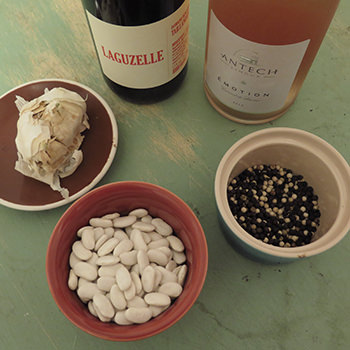
Of course, if you’re going to make a traditional French dish, you also need some delicious French wine to drink with it (and while cooking, yes?).
The Languedoc (pronounced [LAHNG-EH-DOCK], roughly) is one of France’s lesser-known wine appellations, but it is also one of its best values, especially when it comes to family-run wineries working organically. Bordering Spain and the Mediterranean Sea, the Languedoc is actually France’s largest wine region, and until recently it was known for producing bulk wine – around ¼ of French wine is produced in the Languedoc – rather than wine of terroir and quality. But that’s changing, and there are some great wines to try from the Languedoc.
Cinsault, Carignan, Syrah, and Mourvèdre are the most common grapes in the Languedoc; most of the red blends have richness and are full-bodied thanks to these early-ripening grape varieties, which fit in with the hot Mediterranean climate. In terms of whites, the Languedoc has many gems, such as the incredibly affordable and good Picpoul de Pinet. Picpoul only grows in this one sub-appellation, and it is dry, bright, and has overtones of pear. Most bottles of Picpoul run around ten bucks.
Some Wines From The Languedoc To Try:
Antech Crémant De Limoux “Emotion” Rosé, 2013: $14
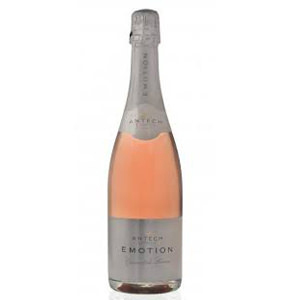
Limoux is a small appellation in the Languedoc that focuses on Champagne method sparkling wines, made with a blend of white and red grapes: Chardonnay, Chenin Blanc, Mauzac, and Pinot Noir. This sparkler, made in the Champagne method, is simply delightful: dry, refreshing, only a touch fruity, and with the perfect, lively acidity that you need in order to pair it with food. It might seem like a light wine for a heavy dish like Cassoulet, but actually sparkling wine is a fantastic accompaniment to anything that’s on the richer or fattier side.
Benjamin Taillandier, “Laguzelle,” 2014: $16
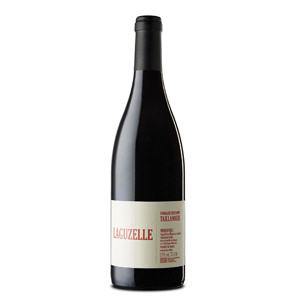
Cinsault, Syrah, and Carignan are in perfect harmony in this wine, made with biodynamically farmed grapes on 30-year old vines, by a somewhat upstart winemaker named Benjamin Taillandier in the sub-appellation of Caunes-Minnervois. Taillandier specifically strives to make lighter, fresher, lower-alcohol wines, compared to some styles in the region, which can veer toward oaky and boozy. The wine is fermented in stainless steel, and is bottled unfined and unfiltered. The nose is full of juicy dark fruit, and on the palate it’s earthy with just a touch of tannin and beautiful acidity. This wine wants to be drunk with duck.
Domaine Félines Jordan, Picpoul de Pinet, 2014: $10
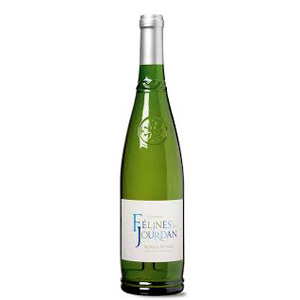
Snappy and bright, you can’t go wrong with a bottle of Picpoul, and this one, from a family-run estate farming grapes on iron-rich red clay soil, is a classic example. It has enough acidity to stand up to a dish like Cassoulet – or, even better, to pair with any seafood dish, like fresh oysters. In fact, the area where Picpoul grows has a view of the Mediterranean’s oyster beds, so it’s a natural complement.
Domaine Rimbert, St. Chinian 2010: $20
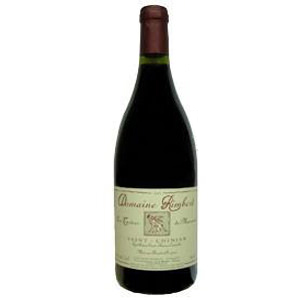
The Saint-Chinian sub-appellation is considered to be the oldest winemaking area in the Languedoc, and it produces rosé, white, and red. This 100 percent Carignan is full of luscious fruits, and has just a touch of tannin to compliment the fatty meat in Cassoulet. Thanks to the high elevation of these vineyards, the wine holds beautiful acidity. The wine is produced by an independent winemaker who farms organically, and it’s an excellent example of what small producers are doing to give the wines of Languedoc a good name.
